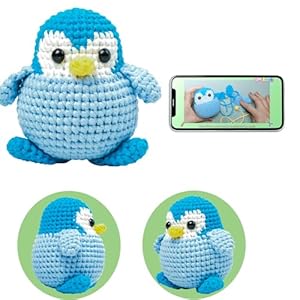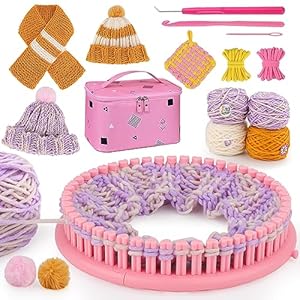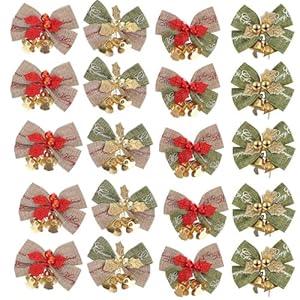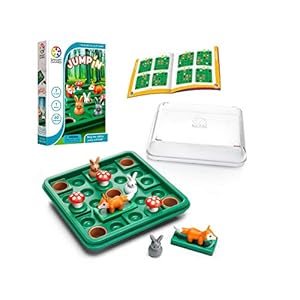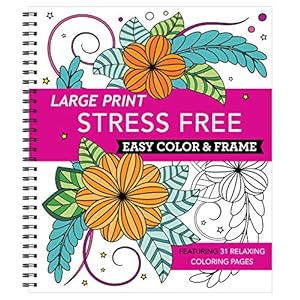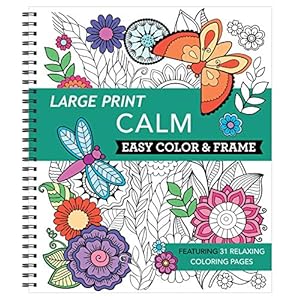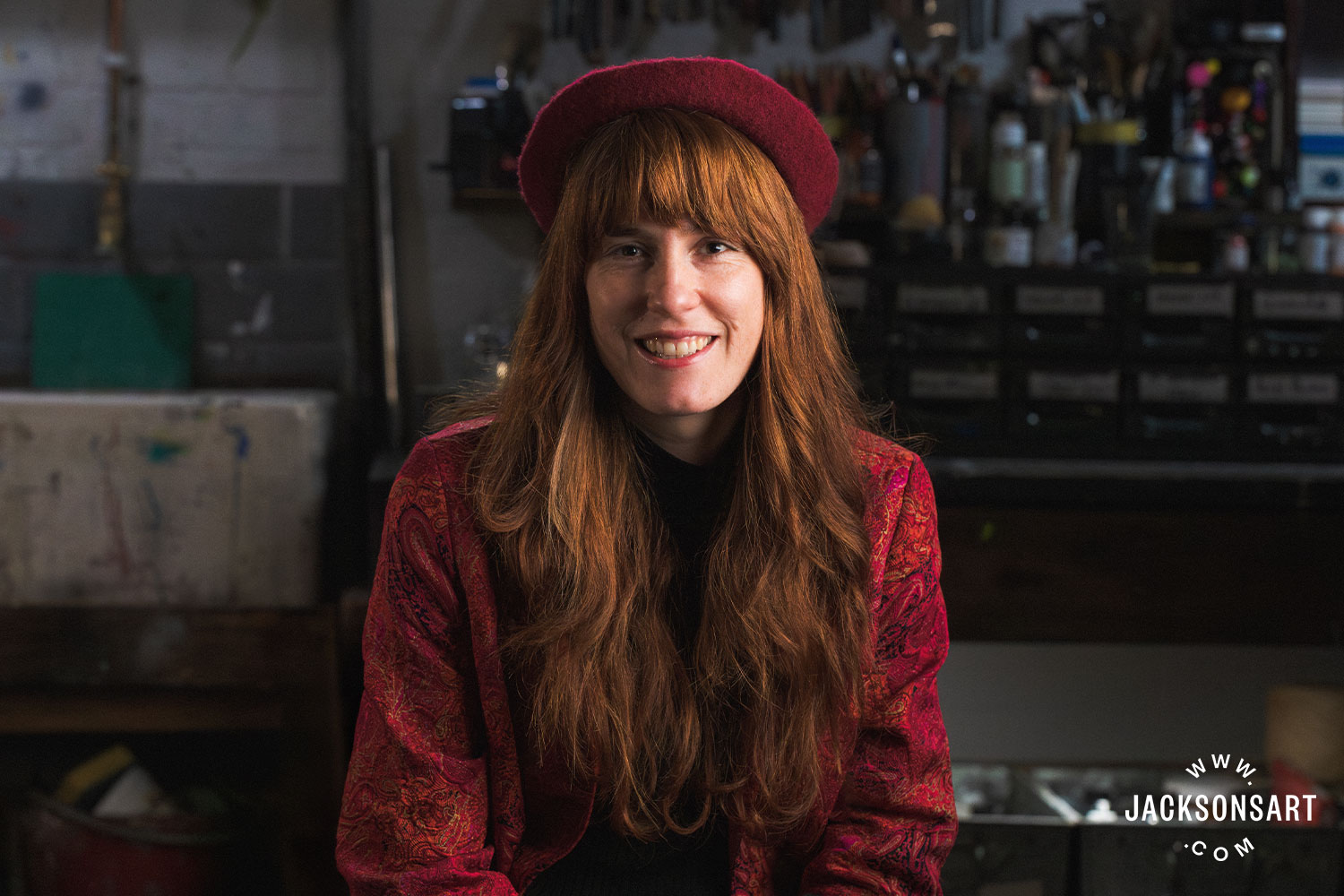
Curating your own artwork is a very useful and enjoyable skill to hone. With the rise of artist-led art fairs it’s well worth getting comfortable with it. We’re going to look at some of the occasions when you’ll need to self-curate, along with how to identify the purpose of your collections, the desired viewer experience, and some tips to get you thinking like a curator.

Claudia Kennaugh
Expert Advice on Curating your Own Artwork
When Will I Need to Curate My Own Artwork?
Curating art sounds grand but you’ve probably already done it without realising. Anytime you post to your social media you are essentially curating your artwork. Think of it as editing.
You can do this to suit different environments both online and in person including websites, social media, online platforms, art markets, art trails, open houses, open studios, studio visits, art fairs, self-curated solo or group exhibitions, and open call applications. Even if you don’t have an official opportunity to curate your artwork, it’s an affirming exercise to get some perspective and see how it fits together in small or large collections. Artists with varied practices often ask me to help them find cohesion in their work and I always start by curating a collection of their work on the studio floor. I bring together pieces from different series so that they can stand back and see the visual or thematic links between them.

Eleanor Johnson, Winner of Jackson’s Art Prize, 2025
What’s the Purpose of the Collection?
Start by asking yourself why you are making and sharing this particular collection. Is it for commercial purposes? If so, think about the selling environment. If it’s an open studio or art trail event you may need to choose bodies of work with a lower price point. For art fairs, you’ll want a very current and cohesive collection. Is it a site specific work that invites engagement from the viewer or local community? Think about how you can actively invite viewers to take part in the work and how that action can be recorded. Are you choosing works for a prospective catalogue or open call application? Think about how the works connect to one another and whether it represents a clear artistic voice. Limitations tend to be useful as people will be unable to digest the full breadth of your practice all at once. So edit your collection according to the purpose.
What’s the Experience?
When curating your own artwork, think about how the immediate context and atmosphere affects the viewer’s experience. What’s the physical flow of the work and how does that invite people to move in the space? Is there a narrative or order to things? Would immersive elements like sound, touch, light or smell be helpful to achieve this? Or supportive material such as text, working studies or research. An artist I work with created an enchanting altar at one of her exhibitions, inviting people to bring offerings. People felt invested in the experience and by the end of the show, it was overflowing with people’s engagement with her work.
Think Like a Curator
Self-curating your artwork requires a healthy dose of objectivity. However, rather than trying to be entirely removed, your unique experience of being the creator of the work can be your curatorial super power. You know the hidden references and links between your works so you can have fun placing things together in conversation to allow connections to form on the wall. I often see artists silo their different bodies of work onto separate walls but this becomes disjointed. Within reason, I recommend mixing them together, allowing people to see the journey your work travels, as it moves through mediums, formats and series. Strangely enough, it will appear more cohesive. After all, people’s homes are not like solo exhibitions so if your purpose is to sell, think about how that balance of harmony and contrast could help you.

Presentation
Attention to the presentation of your collection, and individual artworks within it, is key. Your style and approach will depend on the environment, purpose and desired experience of your collection. Framing and finish are both vital elements, which need not cost a fortune. If you’re working with a small budget, just frame one piece and use it as an example, rather than lots of cheap frames that may devalue your work.. Think about the number of artworks, their proximity in the space and what effect this will have. I often see artists overhang their stands at art fairs. Often because there is very little storage space, and the stand costs are high, but this can be overwhelming and ‘too much of a good thing’. When it comes to a single artist’s work, less is usually more. Allow the work to breathe and feel really special. Ahead of an exhibition, it’s really useful to practice the layout beforehand either with paper cut outs or on a digital software. You might end up changing it all on the day but it’s less daunting if you have a plan.
Making Your Own Collections
I encourage you to make your own collections, even if you don’t have a home for them at the moment. You could make them seasonal, quarterly or whenever you have completed a series. It’s a great exercise in editing and seeing how your work sits together. If you’re happy with the result, then you can release it as an online collection to your audience via social media or a newsletter. You can also group together with other artists to curate each other’s work or build group collections for an expanded reach, but more on artist collectives next month…
Have a go at curating your own artwork purely as an exercise or for an intentional occasion. See how it inspires you to view your work in a different light. It might surprise you.

Samir Rakhmanov in his studio with a collection of his paintings
Winner of Anita Klein’s Choice Award at the Jackson’s Art Prize, 2025
Expert Coaching Webinars With Claudia Kennaugh
Over the past few months, we asked the Jackson’s community what they wanted to know most about building a career in art. Based on your responses, we’ve created six webinars in collaboration with Claudia to explore these key topics. Each session is packed with valuable insights to help you grow and succeed as an artist, plus a live Q&A where you can ask your own questions.
.embed-container { position: relative; padding-bottom: 56.25%; height: 0; overflow: hidden; max-width: 100%; } .embed-container iframe, .embed-container object, .embed-container embed { position: absolute; top: 0; left: 0; width: 100%; height: 100%; }
Upcoming Webinars
Licensing Your Artwork: 29th October
Working With Galleries: 17th December
Further Reading
Expert Advice on Representing Your Art Independently
Art Fair Checklist for Artists
Expert Advice on Social Media and Websites for Artists
How to Organise Your Own Art Exhibition
Shop Art Materials on jacksonsart.com
The post Expert Advice on Curating your Own Artwork appeared first on Jackson's Art Blog.
Trending Products




